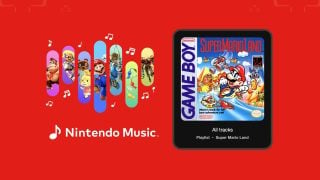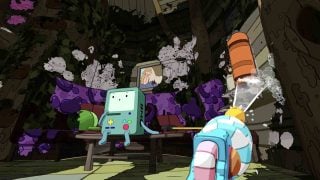Let me make one thing immediately clear: I am in no way ungrateful for Capcom’s support of the Nintendo Switch so far.
In fact, it’s an excellent system of choice for Resident Evil fans, with seven key titles from the franchise: Zero, the 2002 RE1 remake, 4, 5, 6, and Revelations 1 and 2. While fans are generally divisive towards Zero and 6, the remaining games are absolutely fantastic entries that anyone with even a passing interest in survival horror should play.
Still, like one of Umbrella’s bloodthirsty experiments, I’m left craving more. My claws are ready to dig into something fresher. I’m infected with the desire to consume. I’m more emaciated than this metaphor that I’m running into the ground.
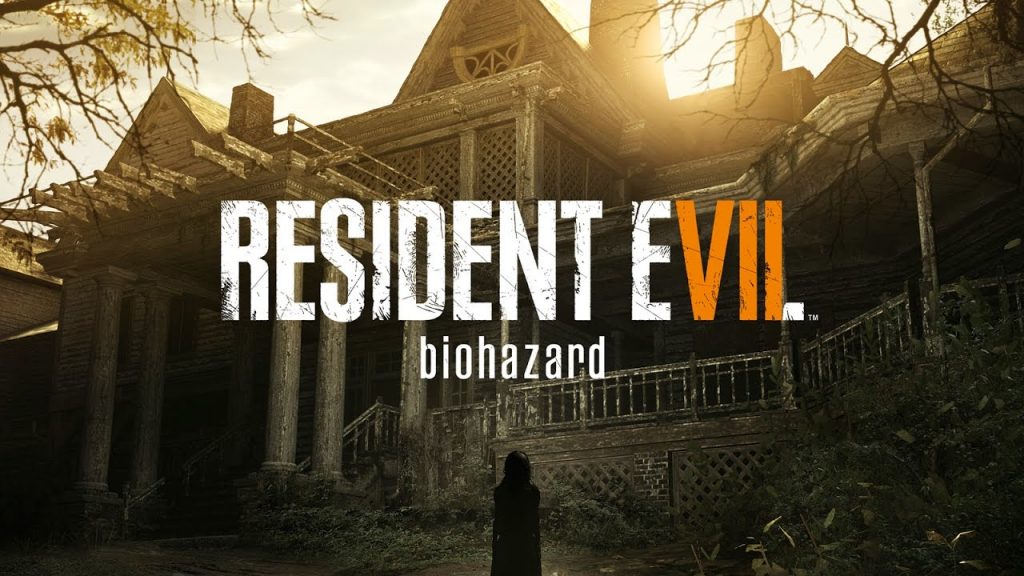
While Nintendo fans have had many opportunities to indulge in Capcom’s flagship horror series over its 25 years of existence, lately we’ve been missing out – and we’ve been missing out big time. Resident Evil 7: Biohazard not only rescued the series when things were looking bad, it ended up being the greatest horror game of its generation. Capcom followed this hit with a one-two combo that was the excellent remakes of RE2 and RE3, and launching in just a couple of months, Resident Evil Village looks set to blow us all away.
It’s time for Resident Evil to Switch things up again.
Capcom and Nintendo: Two peas in a plaga
Resident Evil creator Shinji Mikami has always been an avid admirer of Nintendo. When he was first breaking into the video game industry, he had actually applied to work at Nintendo before landing his place at Capcom. While there’s no doubt a man as talented as Mikami could have brought tons of inspiration into the walls of Nintendo, it’s difficult to imagine a world where Resident Evil might not have even existed. Despite the series making its debut on the PlayStation and leading to a highly successful trilogy of games, Mikami began to lose faith in Sony at the onset of the PlayStation 2 era, growing concerned about the company’s focus on DVDs and its potential diminishing impact diminish on the system’s primary focus on gaming. The GameCube, however, instantly appealed to Mikami as something pure; a system that was dedicated solely to gameplay. At that time, he also felt that Nintendo “might be the only one left in the future that would have games for people — not just children, but also adults.”
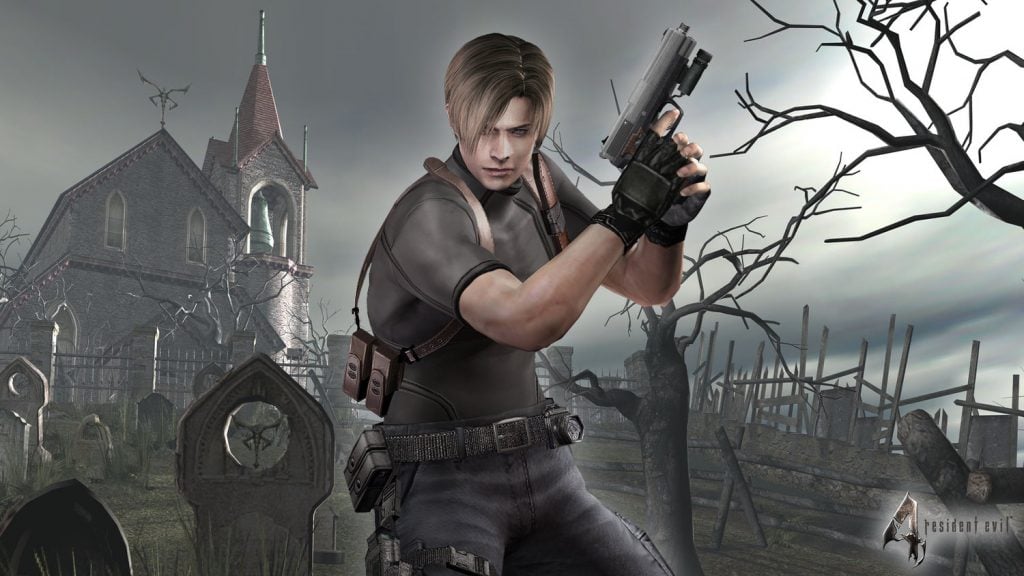
In late 2000, just four years after the launch of the original Resident Evil, work had already begun on a remake. Mikami made the bold decision to make the game a GameCube exclusive – and the even bolder decision to make future Resident Evil titles exclusive, too, including the legendary Resident Evil 4. The irony now, of course, is that today Resident Evil 4 is playable on every platform under the sun (I won’t be at all surprised if it ever replaces Doom as the game that runs on literally everything). But for a brief while, RE4’s timed-exclusive launch on the ‘Cube turned a lot of Crimson Heads. Many hardcore Resi fans had already been seduced by the GameCube due to the likes of the remake, RE Zero, as well as a number of ports — but when RE4 launched, it wasn’t just the franchise that was turned on its head, but the entire industry. To this day, the game is commonly heralded as the greatest of all time, and there’s no doubt that it shifted many GameCube units to even the Nintendo naysayers upon its 2005 launch.
Despite Capcom altering the exclusivity agreement later and Mikami departing from Capcom in 2006, the company still maintained a close relationship with Nintendo when it came to its popular horror property. Umbrella Chronicles and Darkside Chronicles launched as Wii exclusives, offering tons of new lore for the Resident Evil series, and Revelations even began as a 3DS exclusive. Considering its deep history with Nintendo hardware, it’s difficult not to feel that the latest games deserve a place on the Switch.
Welcome to the family, Switch owners
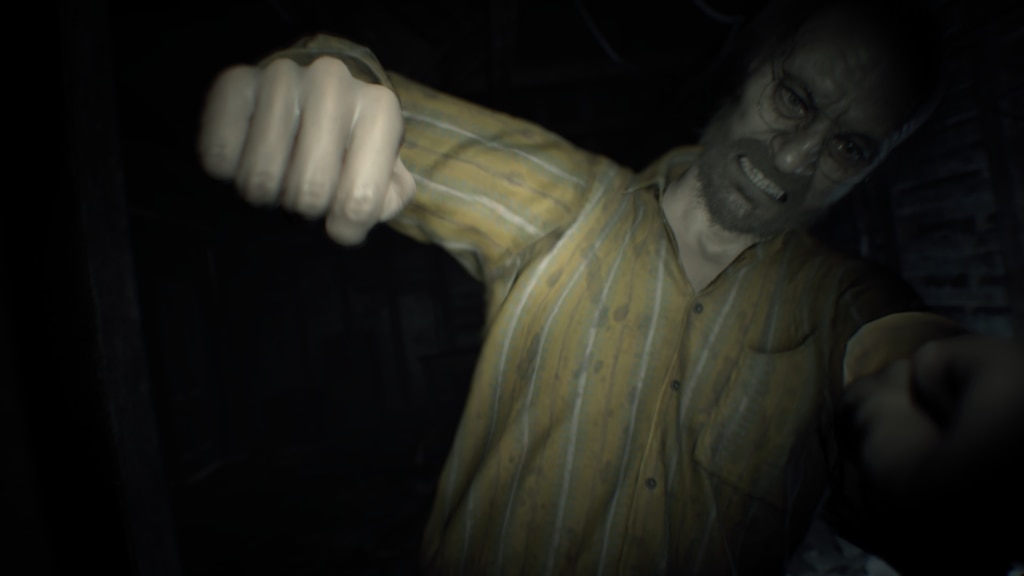
There were some dark years for Resident Evil fans within the previous decade. RE6 divided fans upon its release, with its over-the-top action-based gameplay and bloated 20-hour story spread across three separate campaigns. It took five years for Capcom to truly restore fans’ faith in the franchise, but it certainly delivered when Resident Evil 7: Biohazard. Despite the new first-person view, an all-new cast of characters, and a new threat that (at first glance) seemed to border outside of Resident Evil’s world of virology and into supernatural territory, Resident Evil 7 somehow felt closer to the series roots than ever before. Ammo was scarce, enemies were tough, strategic thinking was rewarded, and above all, the game was terrifying. It may not sound like a ringing endorsement to say that a game was so frightening that I now have a permanent phobia of ever visiting Louisiana, but it was the first time the game truly gripped me with fear since first playing the original trilogy.
Now, before I continue to lament the title’s absence on the Switch, I would be remiss to ignore the fact that it technically does already exist on the platform. Biohazard 7: Cloud Version is streamed directly onto the user’s Switch console from Capcom’s servers. However, it is unfortunately only available in Japan, and while it’s possible to purchase the game in other regions with a Japanese account, reports suggest that it doesn’t run very well in other regions. Cloud Version launched in 2018 to low sales, possibly due to notable caveats such as demanding a strong wi-fi connection to play and only being available as a 180-day rental as opposed to a traditional purchase. While there has been no word on a Western release since, the financial shortcomings haven’t deterred Capcom from considering more cloud-based Switch games. The company saw it as an experiment and were pleased with the results.
With that in mind, there may be hope for an international release of Resident Evil 7 on the Nintendo Switch yet. Cloud-based games and their reliance on a good connection do essentially remove the Nintendo Switch’s biggest appeal, to take games on the go, but that’s the beauty of Resident Evil 7: It’s a game that should absolutely be experienced at home anyway, without distractions, and – for those brave enough – with the lights off.
And why stop at RE7?
It takes a village to raise evil, and sometimes a city too
Of course, if Capcom were to make Ethan Winters’ debut title more accessible to Switch users worldwide, it could also open the doors to a possible Resident Evil Village release. With the return of series protagonist Chris Redfield, the upcoming sequel appears to have much deeper ties to previous games. As we’ve discussed, the majority of the Resident Evil back catalogue is already available to Switch owners, and fans of the first and fifth installments will already be invested to see just what everyone’s favorite bulky boulder-buster is up to next – especially as the promotional material doesn’t exactly paint him as the good guy this time around. RE7 set the bar high, but the isolated, snow-coated mountainous region already looks like an exciting setting for a horror story and the vampiric, castle-dwelling antagonists have already claimed the hearts of fans – possibly literally, given their apparent lust for “man blood.”
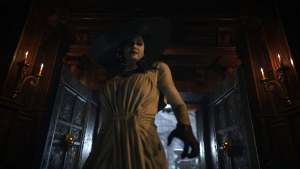
To see the seventh and eighth installments make the big Switch would be amazing, though it does still leave a gap in the console’s Resident Evil library as noticeable as Wesker’s Tyrant-impaled body. The Raccoon City saga is possibly the most iconic chapter within the series’ elaborate lore, so much so that Capcom injected new life into its beloved subjects with remakes of RE2 and RE3. The former of the two reimagined titles captivated veterans and newcomers alike with its hybrid approach of modern Resi controls combined with all of the classic survival elements of the old games. Mr. X received a significant upgrade from his days of scripted appearances, stalking the player constantly throughout the halls of the decrepit RPD. The RE3 remake, more linear and much shorter, wasn’t lauded as much as its predecessor, but still offered a fun and compelling retelling of Jill Valentine’s city escape story while it lasted. It’s worth noting that Capcom’s brand manager, when asked at E3 2018 if the Resident Evil 2 remake would come to Switch, responded with, “No, not at this time.” It’s far from the answer we want, but “not at this time” is still more optimistic than a straightforward shutdown.
In any case, maybe there’s still hope for the Ethan Winters and remade Raccoon City sagas, but should Capcom push forward with its RE7 concept and pursue multi-region cloud versions for more of these games?
Time to pull the dead out of the clouds
Part of the appeal of RE7, the remakes, and Village are just how fantastic they look. The RE engine has proved capable of allowing Capcom to craft terrifyingly beautiful (or beautifully terrifying) worlds for survivors to immerse themselves in, though this may also be detrimental to the games’ chances of arriving on the Switch. Ideally, it would be fantastic to have RE7 and its recent predecessors on cartridges and the Nintendo eShop in order to forgo all of the caveats of cloud-based Switch games. It would be ignorant, however, to make such a demand without acknowledging the likely possibility that the Switch hardware itself may be a hurdle for such a project, since the Switch lacks the performance of its competitors (a gap that has only widened since the launch of the PlayStation 5 and Xbox Series X). Still, we have already seen ports of high-performance games such as Doom Eternal and Wolfenstein II running on Switch, and with an experienced team, the same might be possible for modern Resident Evil titles — even if frame rates and graphical fidelity have to take a tiny chomp to the jugular.

Prior to the Switch’s launch, it was also Capcom which pushed Nintendo into increasing the system’s RAM in order for the company to be able to run the RE Engine. Recently, Capcom finally took advantage of the system’s ability to run the engine with Monster Hunter Rise, which is a positive sign that other RE Engine games, such as the modern Resident Evil titles, are possible on the Nintendo Switch. Even if it truly is not possible, however, at least the alleged 4K upgrade reported by Bloomberg may provide Capcom with the hardware required.
The old wait and Switch
If none of these games do end up making it to the Switch as we know it, I’m sure it’ll just be a case of patience. If the upcoming upgraded model doesn’t provide Capcom with the tools it needs, then I’m sure the next-generation Nintendo system will entice them.
Besides, it’s not like Nintendo fans will be completely missing out in the years to come: We may have a surprise of our own in the near future if rumors of the Switch-exclusive Resident Evil Outrage are to be believed. Plus, with Nintendo Switch already proving to be a haven for retro gaming on the go, it’d also be a delight if Capcom threw the original ‘90s trilogy on the Nintendo eShop. Maybe Code Veronica X and the Outbreak games, too?
It’s insane to think that Resident Evil will be celebrating its 25th anniversary this year. With so many exciting projects currently in development, including multiple games, a movie reboot, and two new Netflix series, Capcom has lots in store for the big birthday – let’s just hope it takes down the barricades and lets in the Nintendo fans hungrily swiping at the windows before too long.


